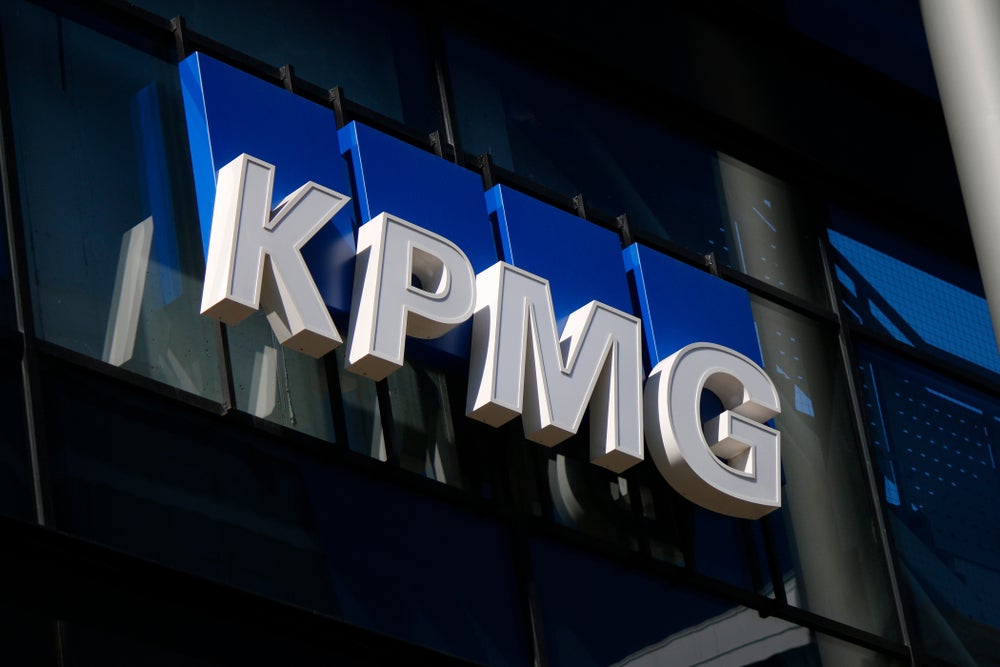In October, I wrote an opinion piece for a leading US blog which highlighted the crisis of relevance auditors are facing in 21st century capital markets and the need for auditing to embrace a compelling vision. The column focused on demand for a global shift in auditors’ communications toward more incisive, expansive reports, and the International Auditing and Assurance Standards Board’s (IAASB) efforts to achieve this.
A global consultation on integrated reporting <IR> assurance has ensued in the past few months and a set of aspirations arising from the same imperative – better, more understandable and meaningful communication for investors – has come into focus for the auditing profession.
Simplicity in assurance from the user perspective, recognising the <IR> ambition of "better reporting, not more reporting" is critical to driving uptake and establishing <IR> as "investment grade" information. Getting to the simplicity at the other side of a complex web of issues and actors in both financial and non-financial assurance could be as much about the ‘who’ as it is about the ‘how’ of <IR> assurance.
The International Integrated Reporting Council (IIRC), of which I am a member, has fostered debate on assurance spanning the globe, with roundtables held in almost every major capital market area, including a CPA Australia hosted event in Melbourne, Australia. The roundtables have spurred an enlivened, even passionate discourse about <IR> itself, the challenges and the assurance issue. The discussion has attracted key players from the auditing profession, company directors, CFOs and many from an emerging professional field stretched across sustainability reporting and corporate social responsibility, drawn mainly from the engineering and accounting fraternities.
Understandably, the IIRC has asserted it "does not aspire to become a standard setter in assurance". The question of who would or should is less straight forward than it may seem.
CPA Australia advocated strongly, early on in the IAASB’s project toward enhanced auditor reporting, that "working closely with the architects behind <IR> in achieving a comprehensive solution" for <IR> assurance is a primary means of addressing the investor "information gap" raised in the IAASB’s 2011 discussion paper, Enhancing The Value Of Auditor Reporting: Exploring Options For Change.
How well do you really know your competitors?
Access the most comprehensive Company Profiles on the market, powered by GlobalData. Save hours of research. Gain competitive edge.

Thank you!
Your download email will arrive shortly
Not ready to buy yet? Download a free sample
We are confident about the unique quality of our Company Profiles. However, we want you to make the most beneficial decision for your business, so we offer a free sample that you can download by submitting the below form
By GlobalDataThe IAASB and national auditing and assurance standard setters have played a critical role in the recent consultations. Key players have been active in raising the assurance profession’s engagement in <IR> over the past few years.
However, it is important to recognise the diversity of other professional groups active in <IR> and the assurance debate. Sustainability reporting, including under the Global Reporting Initiative (GRI) guidelines, is a core component interacting with <IR>. As indicated by recent CPA Australia research, sustainability reporting assurance practices have diverged into a myriad of different standards and approaches – applied by different professions. While in many instances this may come as a positive, arising from custom fitting assurance practices and reporting to individual industries or even companies, it does also seriously impact on comparability from a user’s perspective.
With a diversity of voices comes diversity in approaches being advocated. Proposals for <IR> assurance, or trust and credibility more generally, over the last few months have ranged from those focused on internally derived statements by internal auditors or company directors to new and expanded approaches including pictorial depictions of different levels of component assurance, and a true "integrated assurance" approach.
The open, blue sky thinking and dialogue engaged in this discourse is heartening and absolutely what is required to push reporting and assurance into the 21st century. To this end, CPA Australia initiated a major Australian Research Council linkage project with UNSW Australia and other industry bodies in 2012 to tackle <IR> assurance. Echoing <IR>’s philosophical roots however, there does come a point where these ideas must become integrated into a cohesive solution if the aims of <IR> are to be advanced.
To achieve the "conciseness" in reporting sought by the IIRC, assurance reports need to quickly and simply convey to what extent the user can rely on information in an integrated report – essentially, this means integrated assurance. Getting to this point requires building a bridge from considerable complexity in processes and underlying data to language that is easily understandable and is consistent between reports. Just as important as the subject matter, is that the players involved from the accounting, auditing and other professions come together on a collectively accepted integrated assurance solution.
Alex Malley’s previous comment piece
Accounting ethics and professional judgement





